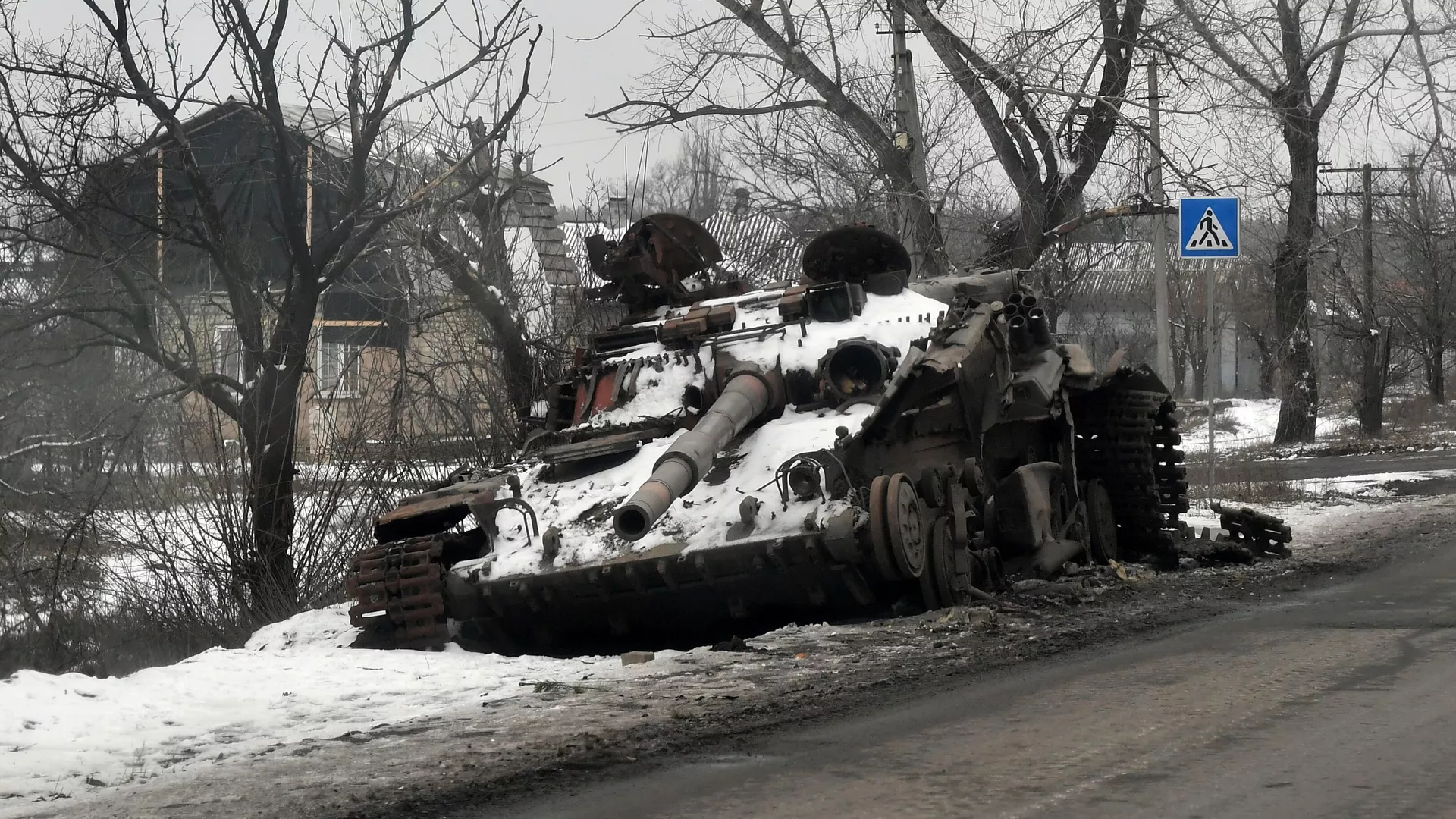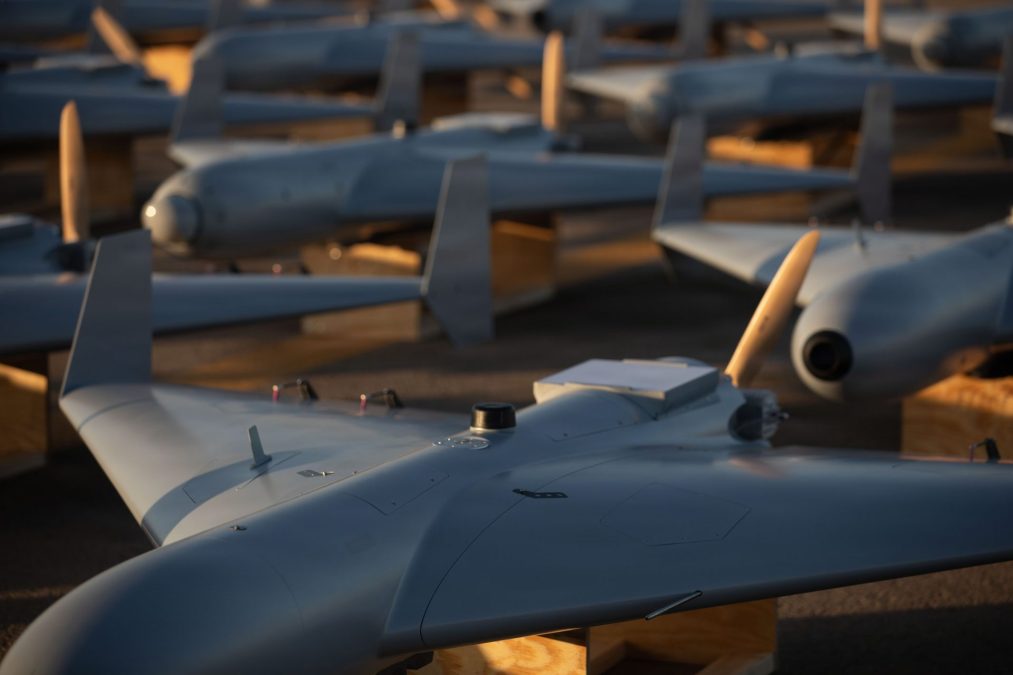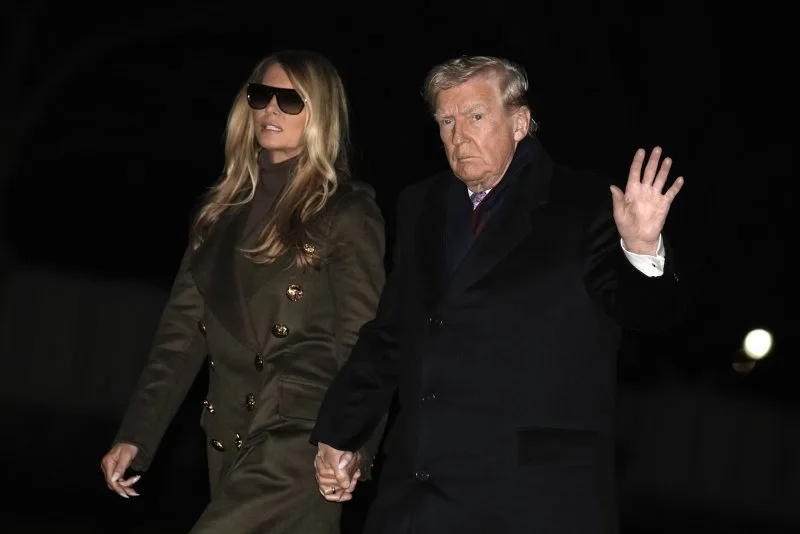According to reports from the US press, both Kiev and Washington are currently reassessing their battlefield strategy in light of the failed counteroffensive. These revisions are expected to be implemented in the early months of next year.
With Ukrainian President Volodymyr Zelensky’s arrival in Washington to plead for more aid, the US media is seemingly trying to assure their readers that not all is lost for the Kiev regime on the battlefield. The New York Times has hinted that American and Ukrainian military officials are devising a new strategy to “create enough of a credible threat” forcing Moscow into “meaningful negotiations” at the end of 2024 or in 2025. However, the two parties have yet to agree on the specific details that this strategy would entail.
When evaluating the outcome of the failed Ukrainian counteroffensive, the newspaper pinned the blame on Kiev. It pointed out that the Ukrainians had divided up their forces between the eastern and southern fronts, rather than concentrating on retaking the southeastern coastline.
However, the media stated that the failure cannot solely be attributed to Ukraine not adhering to NATO’s strategic plan. The newspaper also recognized that American and Ukrainian strategists “did not initially realize” to what extent the Russians were strengthening their defenses. “Ukrainian troops training in Germany practiced breaking through defenses far less strong than what they would eventually face,” the report noted.
Furthermore, Russia has demonstrated its expertise in employing diverse drone technologies and has effectively monitored the contact line, preventing Ukrainian forces from breaching its defenses. By the conclusion of 2023, Russia has bolstered its military presence, beefed up its arsenal, and obtained a significant advantage in terms of firepower, according to the report.
The only silver lining, in the eyes of the West, were Kiev’s missile attacks on Crimean infrastructure. However, even these actions failed to alter the overall power dynamics on the battlefield.
Currently, the US military is urging their Ukrainian counterparts to embrace a strategy known as “hold and build.” This tactic entails reinforcing Ukraine’s military industrial capacity by digging in and making substantial improvements throughout 2024. Washington believes that this would “improve Ukraine self-sufficiency” and help it “repel any new drive” from Russia.
The goal described by the media appears to be far more modest than what was declared by the West and Kiev before the Ukrainian counteroffensive disaster. Likewise, Washington’s funding for the effort would be more modest, too, the newspaper noted. Having forked out over $111 billion to Ukraine over the 21 months of the conflict, US lawmakers want to see “a new strategy” before they vote for any additional funds.
Furthermore, Ukrainian generals and senior civilian officials have “unrealistic expectations” about Washington’s capabilities, since the US simply does not have that amount of weapons that Kiev wants to be supplied with, according to the media.
Meanwhile, the Pentagon has decided to dispatch Lt. Gen. Antonio A. Aguto Jr. on the ground “to work more directly” with the Ukrainian military leadership and bolster coordination with Gen. Christopher G. Cavoli, the top American commander in Europe.
International observers are taking the rhetoric coming from Ukrainian and American officials about a new “long-term” strategy of digging in or boosting Ukraine’s industrial capacity, with a grain of salt.
Speaking to Sputnik on December 1, Russian military expert Ivan Konovalov wondered as to who would pay for Kiev’s plan to build new defenses along the contact line. According to some estimates, Ukraine would have to strengthen at least 2,800 km (1,700 miles) to create a defense line. It would take at least eight to nine months to accomplish this feat, while its cost would be around $10 billion, per Russian military observers’ estimates. Given that Kiev is almost out of money and Republican lawmakers are hesitant to greenlight a new multi-billion package for Ukraine, the situation is hanging in the balance.
For his part, Scott Ritter told Sputnik last week that the Kiev regime does not have the luxury of time to focus on rebuilding its forces or defenses, as Russia is not going to provide it with any operational pause.
“The Russians are at full strength with all the equipment, all the wherewithal,” he said. “There will be no operational pause. The Ukrainians, on the other hand, have nothing to replace what’s happening. They’re now literally grabbing teenagers and pregnant women and putting them on the battlefield to fill the holes in the lines. There’s nothing coming behind, and the West is out of money. There’s no equipment. The Russians are not going to hit the pause button to give Ukraine a chance to catch their breath,” Ritter explained.




